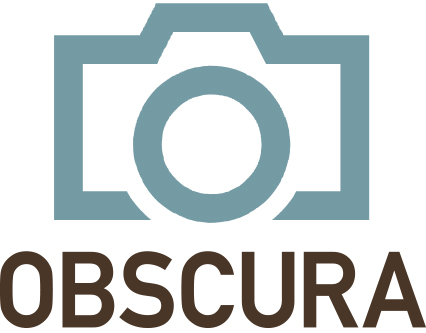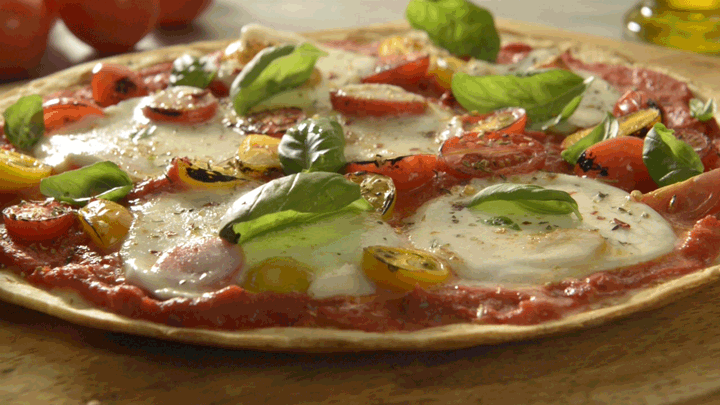The Do’s and Don’ts of Food Photography for Social Media
Food photography is more than just pointing a camera at your meal and snapping away. With a New Year at hand, there’s no better time to learn how to take your food photography for social media up a notch. Here’s what you should do and what to avoid to fill your Instagram feed with drool-worthy food photos.
Do choose the best angles for your dish.
Ensure your food photos stand out from all the others on Instagram by shooting your dish from different angles. When thinking about the angle to shoot from, take a cue from how the dish is plated. If the dish is built vertically, shoot it straight on to achieve depth in your photo. In this example, the love letters are stacked to give height to the dish. If the dish is built flat, shooting from above might be a better option to show off the dish.
Don’t shoot from common angles only.
Just because the overhead shot is popular doesn’t mean it works for all dishes. Even the typical 45-degree angle might not capture your dish in the best way. Go right down to the level of the dish and shoot from there, or try capturing a close-up. Experiment and don’t be afraid to move, even if it means standing on a chair to achieve the best angle for your dish.
Do look for natural daylight.
Always shoot in natural daylight for mouthwatering food images. If you’re at home, set up your shot just outside where the light spills in. If you’re going to a restaurant, reserve or find a seat next to a big, bright window. Light your food from one side or slightly from the back to show texture and contrast of the food. In this example, using a plain white plate also helps the colorful ingredients to stand out.
Don’t use flash or artificial light incorrectly.
Using flash properly can prevent your food photos from appearing flat and unappetizing, or worse, overexposed. If you’re tucked away in the corner of a restaurant, point your portable flash at an angle so the light bounces off a wall for a backlit effect. Shooting food at night is not a problem when you use flash correctly. Position your portable flash outside a window and point it towards the room. As the flash is a small light source which can be harsh, use a flash diffuser to scatter the light to produce a soft and natural daylight effect.
Do pick the best focal point.
When it comes to choosing focal point in your food photography, you want to highlight the most delicious area of the dish.









